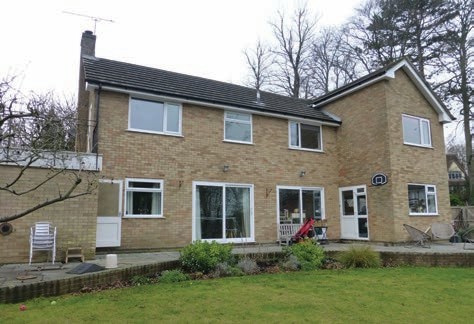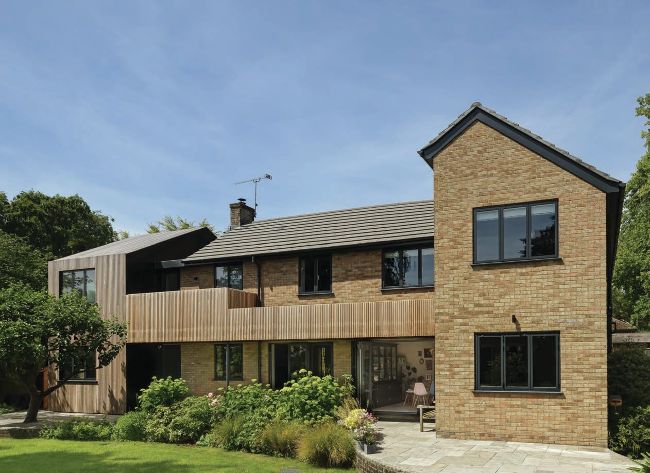DESIGNER’S GUIDE TO RENOVATING & EXTENDING A 1970S HOUSE
Properties constructed during the ‘70s often present great refurbishment opportunities for creating your dream home. Architect Opinder Liddar lists some of the improvements you could make and how best to execute them to meet your goals

BEFORE
AFTER

Build It readers Ed and Nicola Dolman retained their 1975 home’s original brickwork while creating a crisp and contemporary finish to the extension.
Architect Lesley Hally of LA Hally (www.lahally.com) incorporated a mix of grey zinc and slim cedar cladding that both complements and contrasts with the yellowish bricksSIMON MAXWELL
I
relish the idea of taking a 1970s house and making it into my own home. I’ve been fortunate enough to have done this at Lapd Architects for many clients, and these have been some of my favourite projects. They’re delighted when we transform a relatively nondescript house into an exciting contemporary home.
On first impression, 1970s houses can look aged and uninspiring. They can feel dark and cramped inside, but these properties also tend to come with a generous volume of space, good gardens and the basic structure to be able to create a modern home that meets your present-day needs.
Here, I cover some of the typical issues that are likely to arise during a 1970s home renovation and identify solutions so that, if you own a house from this era or plan to buy one, you can transform it into your dream home.
The existing building
Most 1970s houses present a wide front facade, often containing an integral garage. The car was still regarded as central to the design of new estates which adopted many American design ideologies, although they were not appropriate for our relatively small UK landmass. Other American influences like feature stone chimneys, warm air heating systems and spacious kitchens were also found in the designs of this era.